Year 2
The proficiency strands understanding, fluency, problem-solving and reasoning are an integral part of mathematics content across the three content strands: number and algebra, measurement and geometry, and statistics and probability. The proficiencies reinforce the significance of working mathematically within the content and describe how the content is explored or developed. They provide the language to build in the developmental aspects of the learning of mathematics. The achievement standards reflect the content and encompass the proficiencies.
At this year level:
- understanding includes connecting number calculations with counting sequences, partitioning and combining numbers flexibly and identifying and describing the relationship between addition and subtraction and between multiplication and division
- fluency includes readily counting numbers in sequences, using informal units iteratively to compare measurements, using the language of chance to describe outcomes of familiar chance events and describing and comparing time durations
- problem-solving includes formulating problems from authentic situations, making models and using number sentences that represent problem situations, and matching transformations with their original shape
- reasoning includes using known facts to derive strategies for unfamiliar calculations, comparing and contrasting related models of operations and creating and interpreting simple representations of data.
(source: www.australiancurriculum.edu.au)
Achievement Standard
By the end of Year 2, students recognise increasing and decreasing number sequences involving 2s, 3s and 5s. They represent multiplication and division by grouping into sets. They associate collections of Australian coins with their value. Students identify the missing element in a number sequence. Students recognise the features of three-dimensional objects. They interpret simple maps of familiar locations. They explain the effects of one-step transformations. Students make sense of collected information.
Students count to and from 1000. They perform simple addition and subtraction calculations using a range of strategies. They divide collections and shapes into halves, quarters and eighths. Students order shapes and objects using informal units. They tell time to the quarter-hour and use a calendar to identify the date and the months included in seasons. They draw two-dimensional shapes. They describe outcomes for everyday events. Students collect, organise and represent data to make simple inferences.
(source: www.australiancurriculum.edu.au)
- Free Plan
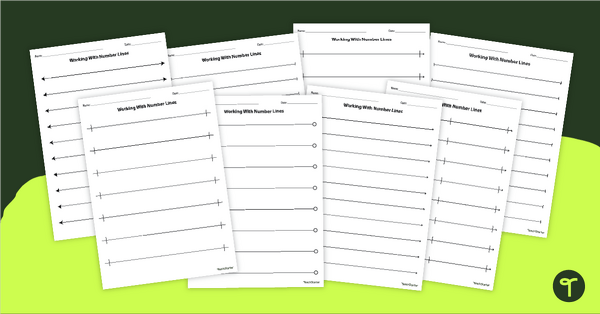
Blank Number Lines - Printable
Print a set of open number lines to help you teach a variety of maths skills.
- Plus Plan
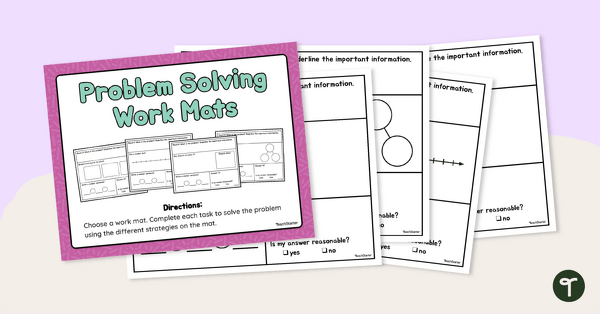
Maths Problem Solving Strategy Mats
Help your students solve math word problems with this set of strategy mats.
- Plus Plan
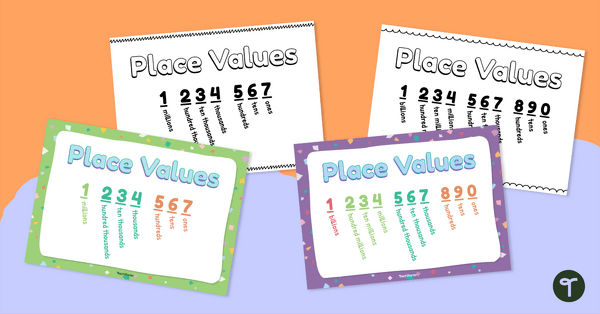
Place Value Poster Set — Whole Numbers
Display this colourful place value poster set in your classroom to remind your students of place values to the millions and billions.
- Plus Plan
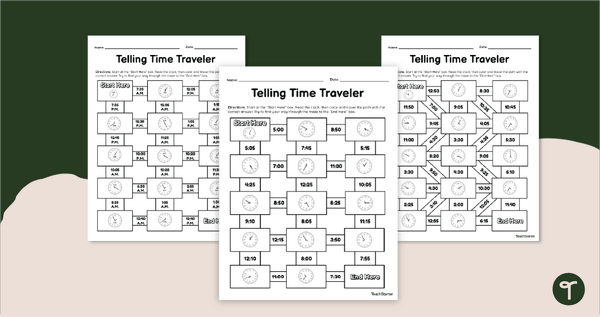
Telling Time Maths Mazes - 5 Minutes
Tell time to the nearest five-minute mark and make maths fun with a printable pack of Telling Time maths mazes.
- Plus Plan
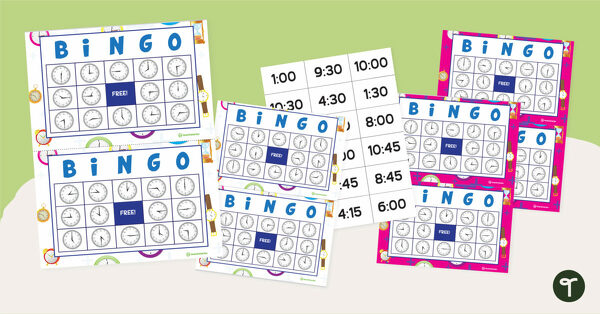
Telling the Time Bingo – Hour, Half-hour, Quarter To and Quarter Past
Play a few rounds of Telling the Time Bingo to practise telling the time to the quarter hours.
- Plus Plan
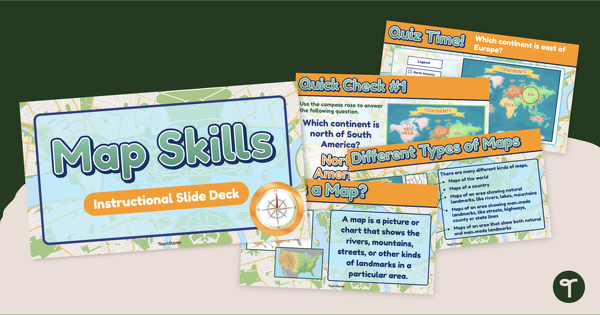
Map Skills Teaching Presentation
Teach basic map skills to younger students with this visually appealing and age-appropriate teaching presentation.
- Plus Plan
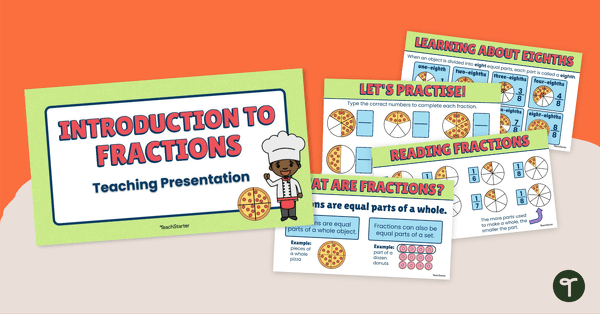
Introduction to Fractions – Interactive Teaching Presentation
Use this teaching presentation to teach your students how to identify the parts of a fraction, determine equal and unequal parts and use numerators and denominators to write fractions.
- Free Plan
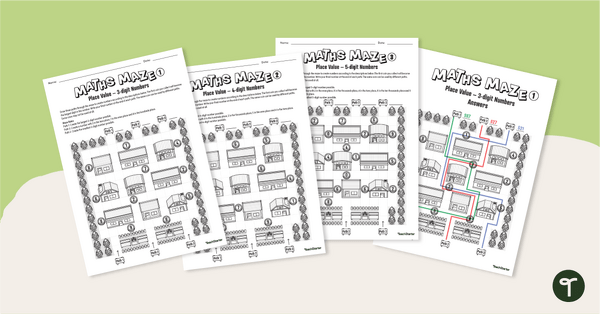
Maths Mazes (Place Value)
Determine the correct paths through each maze using knowledge of place value.
- Free Plan
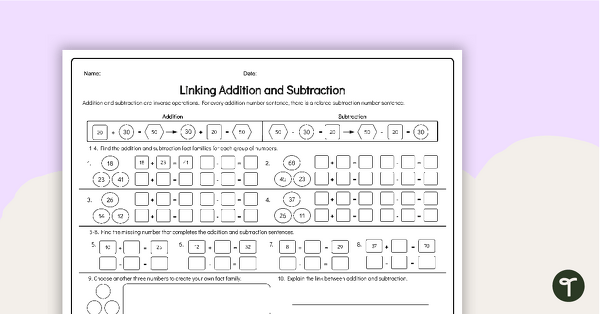
Linking Addition and Subtraction Worksheet
Explore the relationship between addition and subtraction with a fact family worksheet.
- Plus Plan

Maths Warm Ups Interactive PowerPoint - Year 2
A PowerPoint providing a series of warm up activities for Year 2 students across the curriculum.
- Free Plan
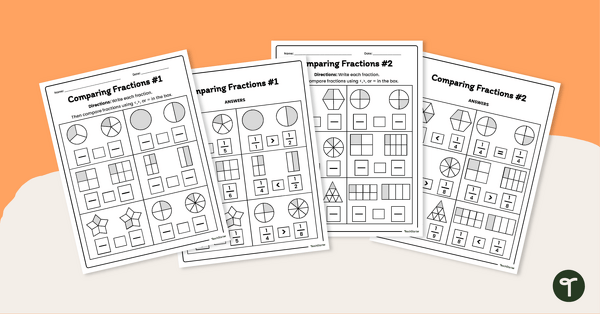
Comparing Unit Fractions Worksheets
Compare different unit fractions using this teacher-created set of worksheets.
- Plus Plan
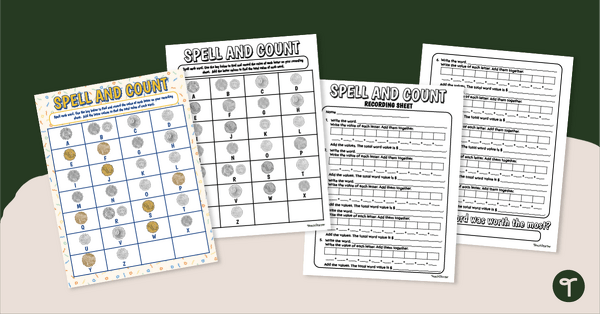
Spell and Count - Money Maths Activity
Develop spelling and money-counting skills simultaneously with a printable spelling and money maths centre activity.
- Plus Plan
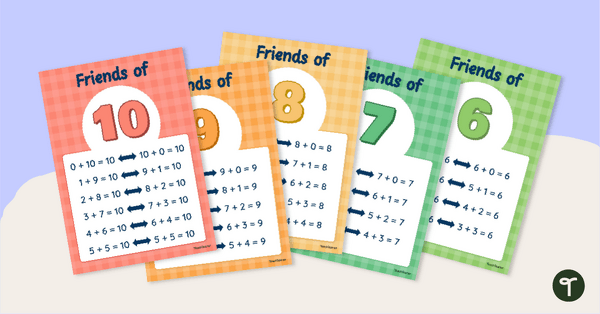
Friends of 10 Addition Poster Bundle
Print the ultimate Friends of 10 poster bundle with 10 printable classroom posters designed to show students how different combinations of numbers connect to make the same number.
- Plus Plan
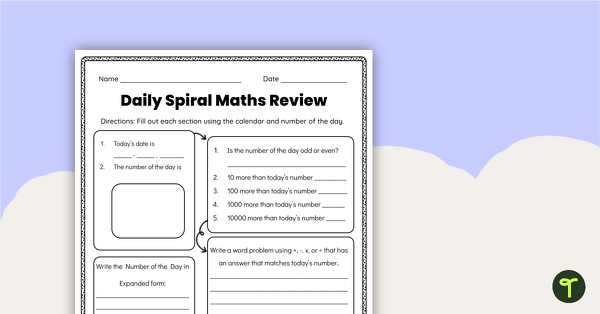
Daily Spiral Maths Worksheet (3-4)
Review a variety of place value and number sense standards with a daily spiral maths review worksheet.
- Free Plan

Classroom Clock Labels - Flower Display
Use our Flower Wall Clock Labels to create a garden-themed clock display to help children read the time.
- Plus Plan
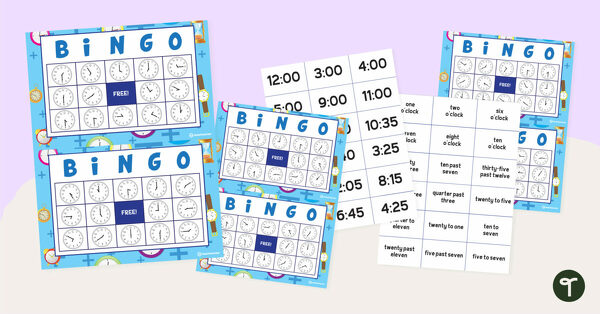
Telling the Time Bingo – Mixed Times
Thirty-two different bingo cards using analogue clocks.
- Plus Plan
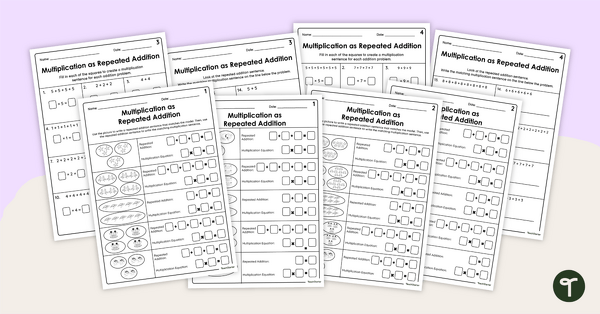
Multiplication as Repeated Addition Worksheet Pack
Strengthen student understanding of multiplication and repeated addition with this worksheet pack designed for year 2 and 3 students.
- Plus Plan
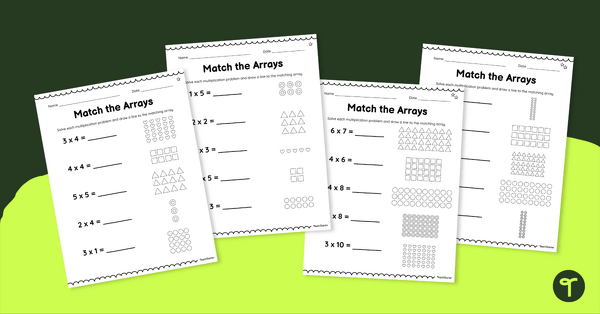
Match the Arrays Worksheet Pack
Give your students practise matching arrays and multiplication facts with these math worksheets for years 2 and 3.
- Plus Plan
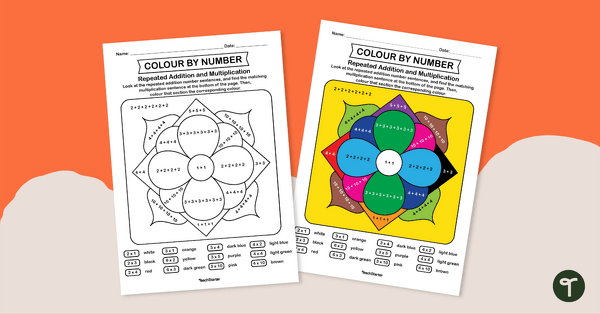
Colour by Number – Repeated Addition and Multiplication
Guide your students to connect repeated addition with multiplication by completing this colour-by-code multiplication worksheet.
- Free Plan

Seasons in the Southern Hemisphere and Northern Hemisphere Poster
Use these posters in the classroom to give students a visual representation of the seasons (and which months they inlcude in both the Northern Hemishpere and the Southern Hemisphere).
- Plus Plan
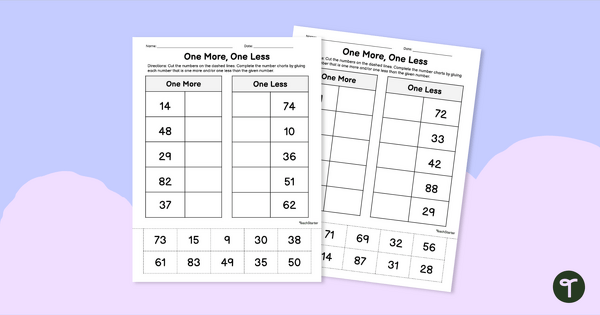
One More, One Less - Worksheet
Practise foundational addition and subtraction facts using the concepts of one more and one less.
- Free Plan
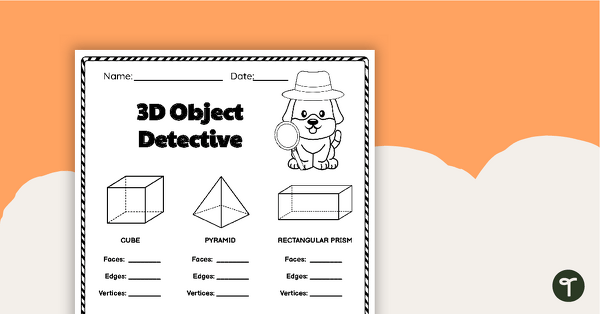
3D Object Detective - Worksheet
Explore the properties of some common three-dimensional objects with this printable worksheet.
- Plus Plan
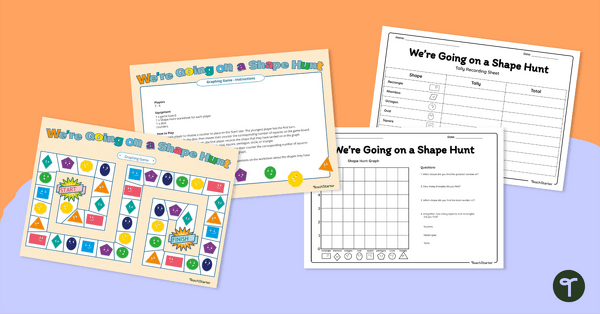
We're Going On a Shape Hunt! Graphing Game
Consolidate students' knowledge of 2D shapes while teaching about data collection, recording and graphing!
- Plus Plan

CUBES Classroom Display and Bookmark Set
Tackle word problems with this CUBES problem-solving classroom display and bookmark set.
- Plus Plan

Year 2 Numeracy Exit Tickets – Worksheets
35 Numeracy Exit Ticket activities for students to provide evidence of their learning progress.
- Plus Plan
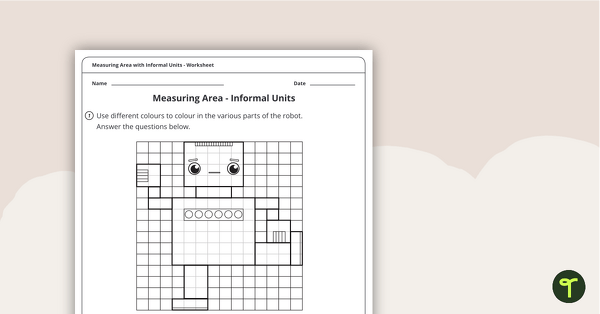
Measuring the Area of a Robot with Informal Units Worksheet
A worksheet to use when measuring area with informal square units.
- Plus Plan

Multiplication Money Word Problems Worksheets
Create equal groupings to solve real-world scenarios with our multiplication money word problems worksheets.
- Plus Plan
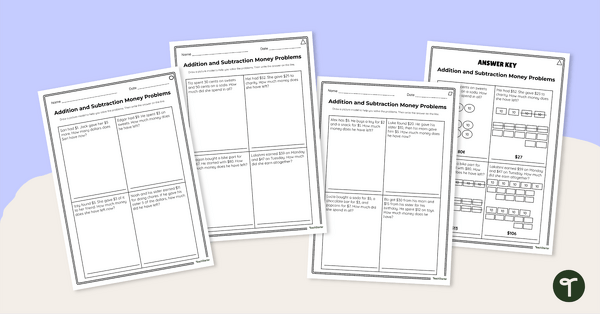
Money Addition and Subtraction Word Problems Worksheets
Use our money addition and subtraction word problems worksheets to give your students differentiated practice modelling a variety of one and two-digit word problems.
- Plus Plan
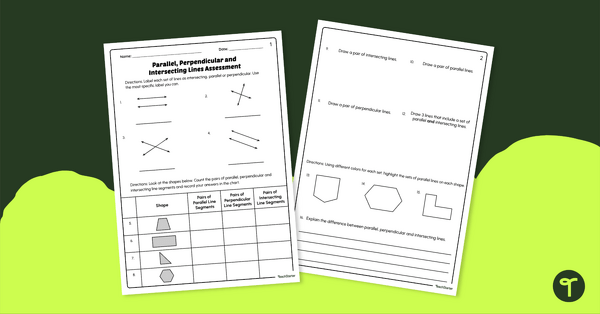
Parallel and Perpendicular Lines Quiz
Administer this parallel and perpendicular lines quiz to assess your students’ ability to identify types of line pairs in a variety of settings.
- Plus Plan
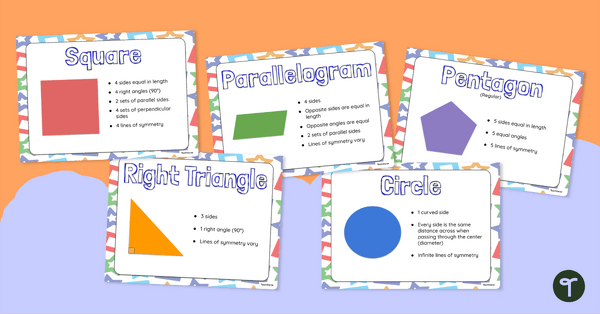
2D Shapes Poster Set
Hang this 2D shapes poster set in your classroom to give students an easy reference for the attributes of two dimensional shapes.
- Plus Plan
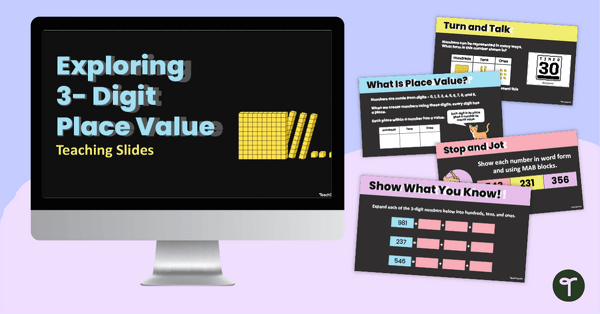
Exploring 3-Digit Place Value PowerPoint
Explore place value concepts related to 3-digit numbers with an engaging, interactive teaching slide deck.
- Plus Plan
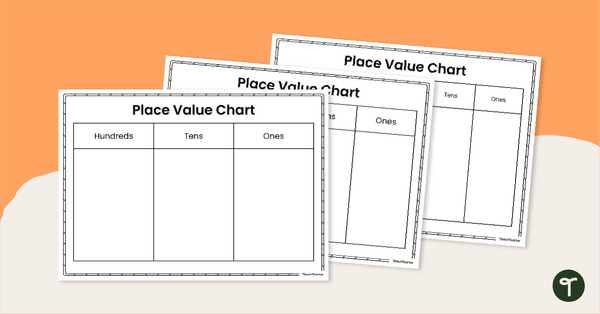
Place Value Charts
Practise place value knowledge up to 6 digits with these blank place value charts.